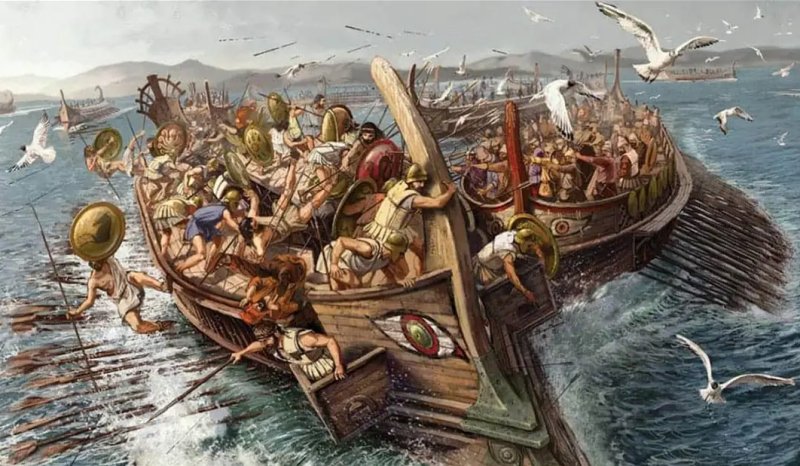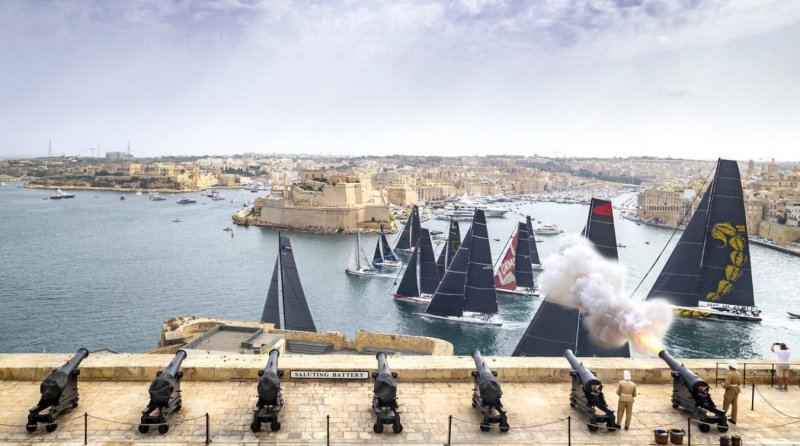Ah, the Mediterranean! A veritable cradle of civilization and maritime mastery. As French poet Paul Valéry once mused, “The Mediterranean is a man, a child, a woman, old civilizations, and the unbelievable shine of so many marvels turned to stone or poems.” Dive with me into its deep history, and let’s discover the waves of time together.
Ancient Civilizations and Early Exploration:

- Phoenicians: Picture this: you’re navigating as a Phoenician trader, tracing the coasts of Africa and Europe, making your mark in places like Carthage. The Mediterranean wasn’t just a sea; it was a highway for commerce and discovery.
- Greeks: Now, imagine anchoring on the pristine shores of an island, flagging it as a Greek colony. The Greeks didn’t just sail; they spread culture, traded exotic goods, and introduced shipbuilding techniques that would be used for centuries.
- Carthaginians: Ever heard of Hannibal? Not the one with elephants but the mariner who challenged Rome’s naval might. The Carthaginians were fierce competitors on the waves, locking horns with Rome for control of the sea.
The Roman Era:
Ah, Rome! The empire that turned the Mediterranean into “Mare Nostrum” (Our Sea). With powerful navies and strategic ports like Ostia, the Romans made the sea their own. And let’s not forget the bustling port of Carthage, reimagined by the Romans after its destruction.
Medieval Maritime Republics:
Enter the Middle Ages, where cities like Venice and Genoa reigned supreme. These maritime republics controlled trade routes, raking in gold while influencing politics and power. Imagine attending a lavish party in Venice, surrounded by merchants boasting of their seafaring exploits.
The Age of Discovery:
While you might think of the Atlantic when hearing names like Columbus or da Gama, remember that the Mediterranean was their starting point. It served as the testbed for navigational techniques that would later help explorers chart the vast Atlantic.
Ottoman Empire and Naval Battles:
Picture Ottoman galleys, their flags fluttering, asserting dominance over the Mediterranean. The Battle of Lepanto in 1571? That wasn’t just a naval skirmish. It was a clash of titans, a dance of mighty empires on the azure stage of the Mediterranean.
Modern Era and Recreational Sailing:
As Europe shifted from conflict to recovery post-World War II, Malta emerged as a beacon in the Mediterranean’s evolving sailing landscape.

Malta’s harbours, once pivotal for naval strategies, are now bustling hubs for recreational sailing. Valletta’s Grand Harbour, with its mix of historical fortresses and modern marinas, epitomizes this transformation. Events like the Rolex Middle Sea Race have placed Malta on the global sailing map, drawing enthusiasts from around the world to its shores.
The yacht charter industry in Malta has flourished, catering to diverse clientele, from families seeking a sun-soaked holiday to corporates eyeing team-building sea excursions. Marinas, like the modernized Msida Yacht Marina, offer top-notch facilities, merging Maltese hospitality with maritime luxury.
Cultural Impact:
From Homer’s Odyssey to tales of sirens (no, not the kind you’d find at a modern-day café but the ones luring sailors), the Mediterranean has inspired countless works of art, literature, and myths. And let’s not forget the myriad of festivals that dot its shores, celebrating the age-old bond between the sea and its people.
So, why does the Mediterranean continue to captivate us? It’s a tapestry of history, culture, and timeless beauty. Whether you’re a history buff, an avid sailor, or just someone dreaming of azure waters, the Mediterranean’s allure is eternal. It’s not just a sea; it’s a narrative that continues to unfold.

